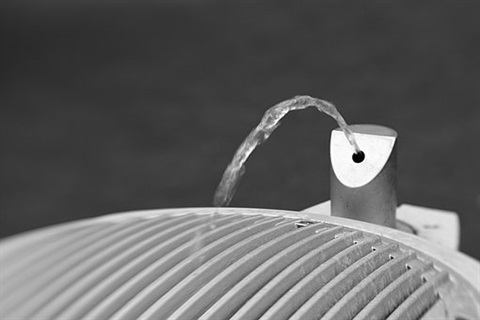Drinking fountain water quality

Certain heavy metals can be released from plumbing related sources and products. These can include antimony, cadmium, chromium, copper, lead, and nickel. It is important to limit exposure to these heavy metals through drinking water which can easily be done by preventative flushing.
Town drinking water supplies are managed by TasWater and regulated by the Department of Health who provide guidance to the City of Hobart in relation to monitoring of water quality, in accordance with the Australian Drinking Water Guidelines. Lead can dissolve into drinking water from some plumbing fittings, particularly where water has been sitting in contact with these fittings for long periods of time.
Public drinking water fountains and publicly accessible taps may not get regular use and flushing, which allows water to become stagnant and stay in contact with plumbing fittings for extended periods of time. It is good practice before you drink to flush the fountain for at least 10 seconds prior to use. This is consistent with national guidance on reducing exposure to plumbing related metals.
For further information regarding households, visit the Department of Health website. For information on the quality of your TasWater supply, visit the TasWater website.